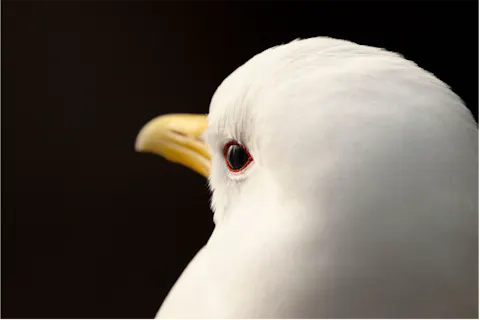The black-legged kittiwake is in danger of extinction in Norway (Endangered (EN) on the national Red List). Over the past 30 years, more than 80% of the population has vanished. Scientists primarily attribute this decline to climate change, although overfishing, pollution, and bird flu also contribute. Despite the urgency of the situation, efforts to ensure the conservation of kittiwakes have been inconsistent, leading to a continued decline in their population.
Image © Wild Lab Projects




